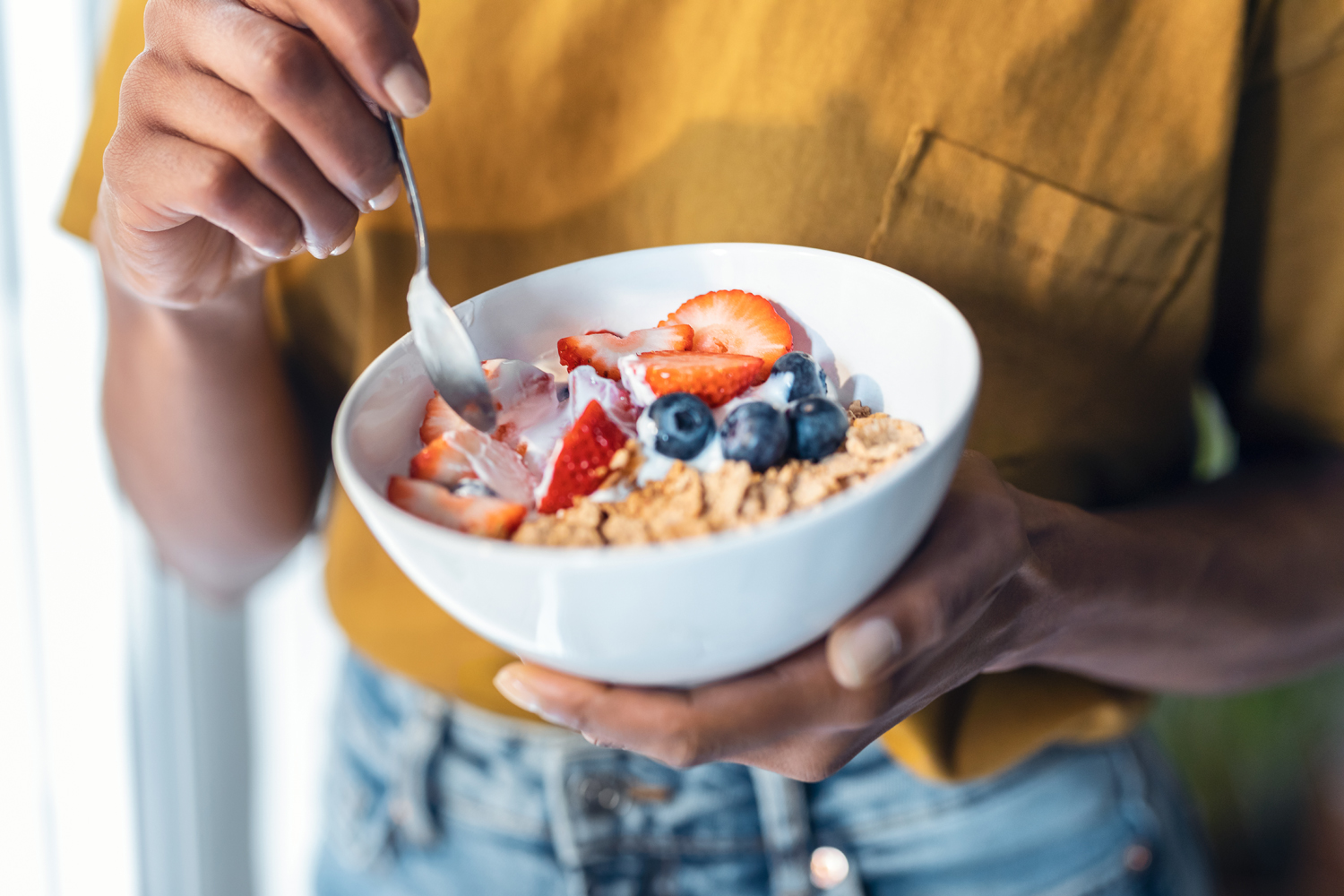-
 Vegetables comprise an economically important segment of Georgia’s agricultural production, so there is a need for vegetable breeders to have comprehensive, crop-specific data on grower priorities, varietal performance, and production constraints. UGA’s vegetable breeding program performed a needs assessment survey to assess growers’ preferences, the results of which are presented…
Vegetables comprise an economically important segment of Georgia’s agricultural production, so there is a need for vegetable breeders to have comprehensive, crop-specific data on grower priorities, varietal performance, and production constraints. UGA’s vegetable breeding program performed a needs assessment survey to assess growers’ preferences, the results of which are presented…|
-
 Trees and lawns are not mutually exclusive, with proper care, planting, selection of trees and grasses, one can enjoy a beautiful landscape complete with cool shade and soft, inviting grass. This publication explains factors involved in plant growth, the differences between trees and grasses used in lawn settings, and provides…
Trees and lawns are not mutually exclusive, with proper care, planting, selection of trees and grasses, one can enjoy a beautiful landscape complete with cool shade and soft, inviting grass. This publication explains factors involved in plant growth, the differences between trees and grasses used in lawn settings, and provides…|
-
 New
NewManaging diabetes effectively involves a combination of healthy lifestyle choices, including regular exercise. People with diabetes should take precautions before, during, and after exercise to avoid complications, and ensure their caregivers understand these precautions. This resource provides easy-to-follow guidance for you to stay active and healthy while managing your diabetes.
|
-

C 1364-14
Blood Glucose Monitoring for Diabetes
NewRoutine blood glucose monitoring helps people with diabetes make informed decisions about their diet, physical activity, and medication, ultimately reducing the risk of serious long-term complications. This resource covers different types of monitors, as well as when you should test.
|
-

C 1364-15
Managing Diabetes When You Are Sick
NewBlood glucose levels in people with diabetes can be severely impacted when they are sick and can have deadly consequences if not treated carefully. They may experience several diabetes-related symptoms at the same time, and the stress of being ill causes your body to release hormones that raise blood glucose…|


